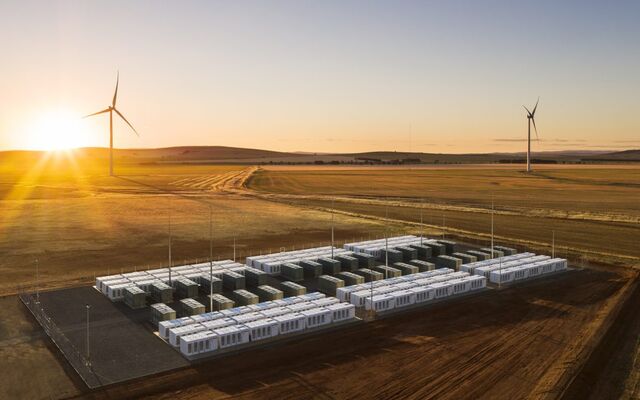AEMO Says It's Time For Australia To Invest in Energy Storage

AEMO Says It's Time For Australia To Invest in Long-Term Energy Storage
The Australian Energy Market Operator (AEMO) has released an update to its Electricity Statement of Opportunities (ESOO) report, stating that Australia requires urgent investment in long-duration energy storage, new generation resources and transmission infrastructure in order to ensure a reliable electricity system as coal power plants are retired. Historically, coal power plants have been the primary source of power generation in Australia.
The AEMO’s 2022 ESOO report was released in August, but the market operator has stated that significant changes in the National Electricity Market (NEM) have occurred since then. The NEM is connected to most of Australia's states and grids and provides technical and market data to participants.
The good news is that the supply of electricity in the states of South Australia this year and next year, and in Victoria from 2024 to 2025, will experience a delay in the forecast reliability gaps. This means that new resources, including natural gas, wind, solar PV and battery storage, have been added or earmarked for installation in these states. Some natural gas plant retirement dates have also been pushed back to keep the power plants in operation.
Since August, 461MW/604MWh of battery energy storage system (BESS) projects have met the market operator's commitment criteria, along with 1,326MW of new wind, for connection to the NEM. Battery storage durations are gradually increasing from 1-hour to 2-hours and, in some cases, 4-hours, but there are hardly any long-duration resources, broadly defined as around 8-hour durations or more.
Coal still accounted for approximately 60% of generation in the NEM in the middle of 2021, but most coal is scheduled to be retired by the early 2030s. Australia has one of the highest uptakes of rooftop solar PV and growing shares of utility-scale solar PV and wind, driven by a population that is environmentally and climate conscious, as well as the strong business case for switching to non-fuelled generation.
In 2021, Australia exceeded its first gigawatt-hour of annual battery storage installations, including over 750MWh of large-scale BESS, according to market research group Sunwiz, which published figures last March. However, according to Dr Bruce Mountain of the Victoria Energy Policy Centre think tank, Australia has a relatively small role for gas generation compared to most other wealthy countries. Gas turbines are often used worldwide to balance out gaps in supply from variable renewable generation.
As Mountain and the AEMO's report both indicate, much of the coal fleet is old and inefficient, costing a lot to maintain and frequently breaking down, even before considering the climate and air quality implications of the fuel. This creates an imperative for Australia to transition its energy sector quickly to renewables, and the idea of gas as a "transition fuel" is a settled debate, according to the academic.
In the near-term, one of the new resources that will provide reliability to the grid is the 1.68GWh Waratah Super Battery, which is being built in New South Wales, driven by the state's government. The project is one of a number of new BESS assets awarded a system integrity and protection scheme (SIPS) contract, which is a mechanism through which the batteries are deployed to increase the hosting capacity of the network over long distances between demand centres.
